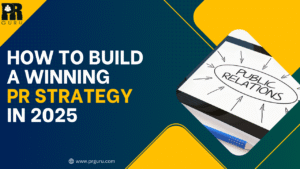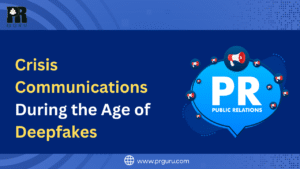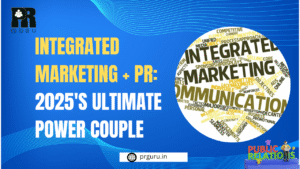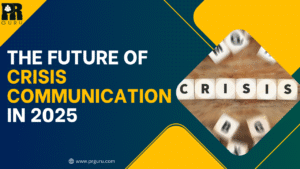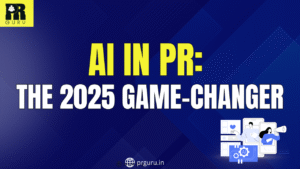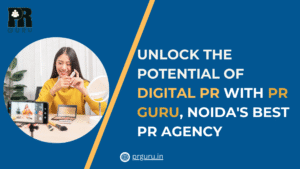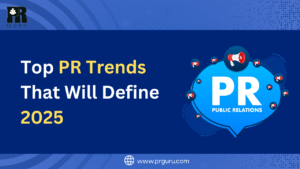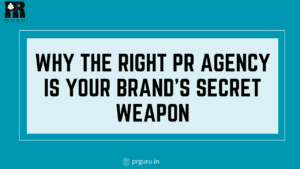How LinkedIn Can Be an Effective PR Tool for B2B Brands
In this era of digital-first business, LinkedIn has become the most effective B2B PR platform. Other social media platforms are generic networking, but LinkedIn has a professional bias towards networking...
By PR-Team | April 28, 2025 | Social Media Management
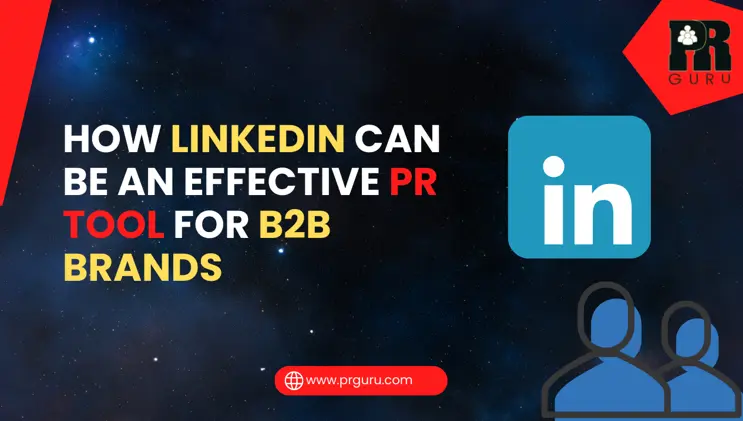
In this era of digital-first business, LinkedIn has become the most effective B2B PR platform. Other social media platforms are generic networking, but LinkedIn has a professional bias towards networking and thus a reputation management, thought leadership, and direct access to decision-makers tool with a strategic objective. With effective usage, it can even amplify the brand’s reputation, establish media relations, and reiterate the company positioning within the marketplace. This is how B2B organizations can leverage LinkedIn as a PR giant.
Creating Thought Leadership
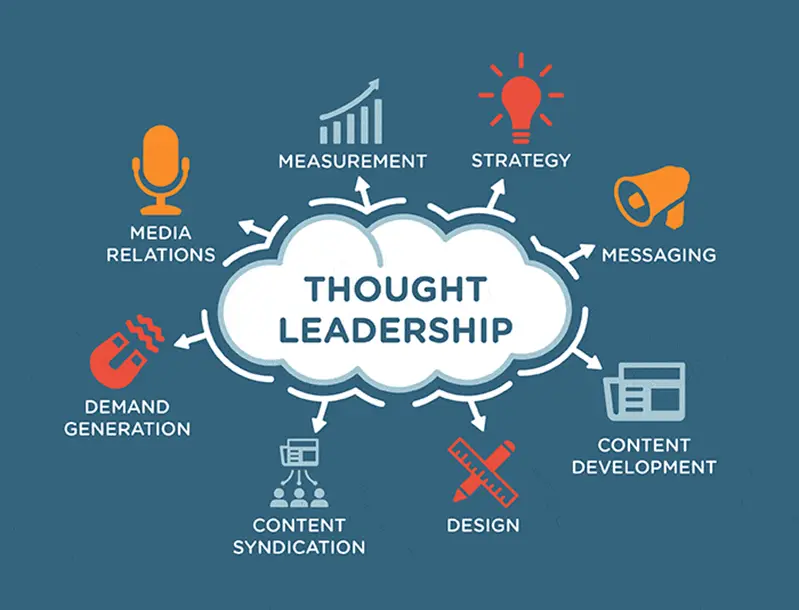
Authenticity lies at the core of all effective B2B brands, and thought leadership is an element of authenticity. With LinkedIn, organizations have the platform through which to showcase mastery in sharing content-rich postings. Placing lengthy content onto LinkedIn’s property facilitates engagement and credibly building on brand part. Informing individuals about industry news and market trends also makes a company a go-to source of information. Second, executive branding—where C-suite leaders offer insights and opinions—grants the brand authenticity and a human touch. LinkedIn newsletters provide a periodic means of reaching subscribers, with the comfort of continuous communication with a potential audience.
Creating Media Relations
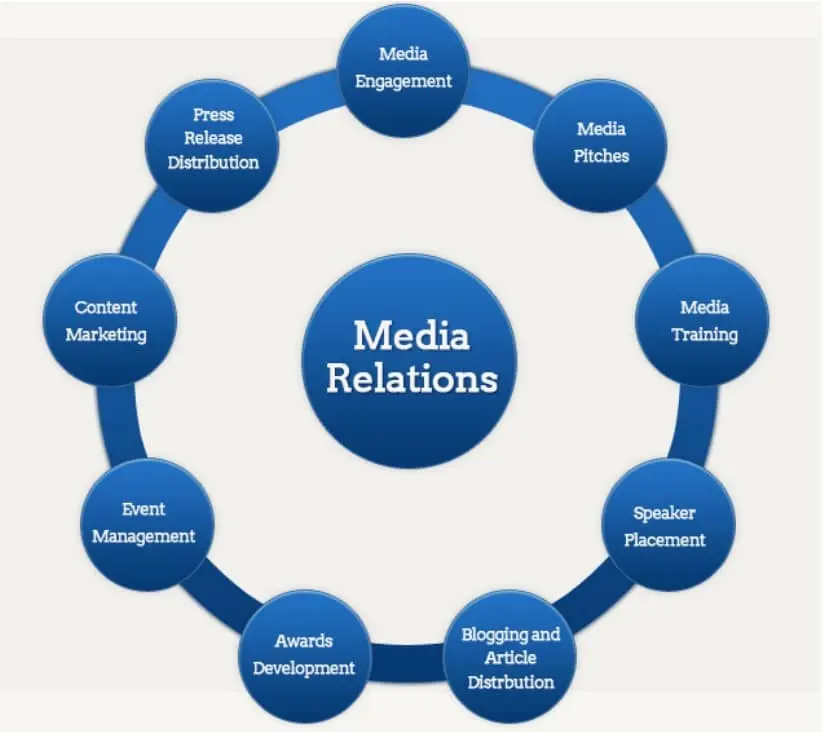
LinkedIn is the ideal location to connect with influencers in the industry, editors, and journalists who actively search for sources of quality for their articles. Media relations specialists can connect with industry people of interest, monitor their posts, and establish connections prior to pitching stories. Posting press releases, company news, and media coverage on LinkedIn makes them more visible. Meaningful engagement, such as commenting on journalists’ articles and participating in industry discussion, builds better media relationships, which makes it easier to get press coverage.
Maximizing Brand Messaging Through Employee Advocacy
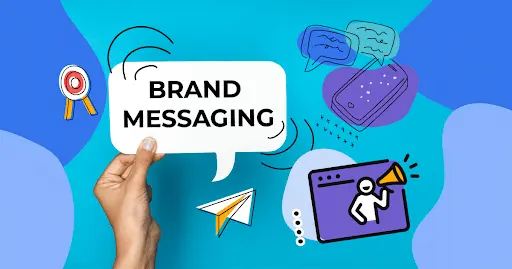
Employees are closest to being real ambassadors of a company. Employee engagement on brand content contributes to organic reach and credibility. Employee rewards, shareable content, and official employee advocacy programs can be initiated by B2B brands. Educating employees on LinkedIn best practices and personal branding can also encourage the employees to promote the company in the right manner. All these combined efforts can assist a brand’s online presence and contribute to building its credibility.
Participating in LinkedIn Groups to Create Communities
LinkedIn Groups provide brands with the opportunity to connect with professionals interested in the same thing and potential clients working within the same industry. Participation in such groups in good time enables brands to establish expertise via question-answering, giving answers, and sharing content that is beneficial. Creating groups with industry influencers, customers, and prospects creates close relationships and enables brands to communicate directly with concerned stakeholders. Rather than being very promotional, brands need to offer value-driven conversations for building trust and credibility.
Executing Targeted PR Campaigns with LinkedIn Ads
Traditional PR practices may rely on mass communication, but LinkedIn’s advertising feature enables ultra-targeted messages. Brands are able to target certain groups based on job title, industry, company size, and location. Sponsored content makes it easy to drive promotion of high-quality thought leadership content to the right stakeholders. InMail campaigns allow direct interaction with potential clients, media outlets, and business partners. Retargeting advertisements remind a brand to consumers who have already seen its content, and carousel and video ads provide interactive ways in which to tell an interesting story.
Emphasizing Social Proof and Case Studies

Social proof is also a key driver of B2B buying decisions. LinkedIn is the perfect place to highlight client testimonials, case studies, and success stories that instill confidence. Encouraging satisfied clients to share their stories adds authenticity and credibility. Publicly declaring company milestones, awards, and achievements reinforces a brand’s authority. LinkedIn endorsements and client and partner recommendations also establish industry authority.
Managing Reputation and Crisis Communication
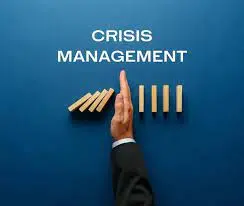
PR is not only brand advertising—it is crisis management and reputation management too. LinkedIn is a professional networking site where brands can respond to issues in an open and professional manner. Posting official statements, answering comments, and narrating the story through good messaging helps build trust. Keeping tabs on discussions about the brand and answering good and bad comments help the brand remain on its toes when it comes to reputation management.
Hosting Webinars and Live Events
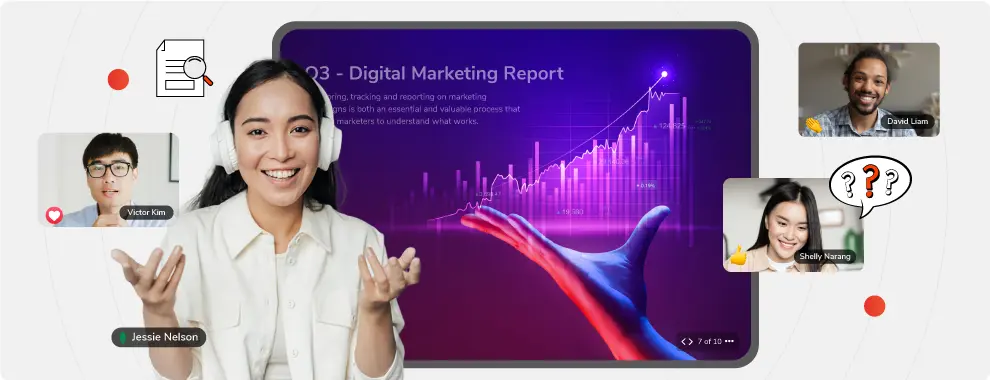
Live interaction with LinkedIn Webinars and LinkedIn Live combines the influence of the brand and allows immediate user engagement. Hosting panel discussions, leadership discussions, and Q&A programs makes the brand a corporate influencer. Webinars provide a good lead-gen alternative with an educational offering offered to potential clients. One-to-one interaction with users makes it more productive and interesting brand experience.
Maximizing LinkedIn Company Page Impacts through Optimization
A maximized LinkedIn company page is a brand’s virtual store. Evergreen branding with frequent logo, banner, and tagline changes creates awareness. Periodic change in the “About” tab with keyword-related subjects to the profession increases search rankings. Post consistently so that the page remains live and active in front of professional audiences. Asking the employees to connect their profiles with the company page reaches the brand more naturally.
Measuring Improvement Indicators to Strengthen Improvement
Evidence-based mind is needed in order to attain its maximum potential on LinkedIn by having a PR strategy. Marketers can see engagement metrics, follower demographics, and new followers through LinkedIn Analytics. Know what kind of content works better with the public in order to maximize and target better. Experimental and test different types of content through videos, infographic posts, and long-form posts give an idea about effective PR strategy.
Conclusion
To B2B firms, LinkedIn is not merely a professional networking website—it is a powerful PR tool for establishing credibility, thought leadership, and press coverage. Using LinkedIn strategically, companies can potentially optimize communications, build authentic relationships with constituencies, and become industry leaders. Public relations specialists who know how to leverage LinkedIn can gain new channels for building brands, media interaction, and establishing enduring trust. Visibility is believability and believability is business success in today’s competitive marketplace—so LinkedIn is a valuable asset in a B2B PR campaign.
Also Read: Top 5 Tips to Elevate Your Media Pitch and Make a Lasting Impression
Ready to take your PR strategy into 2025 and beyond? Visit PRGuru.in to find out how we can partner together to make your brand unforgettable.
Build authority, trust, and engagement with the right PR moves! Follow PR Guru on LinkedIn for expert tips, success stories, and industry trends

